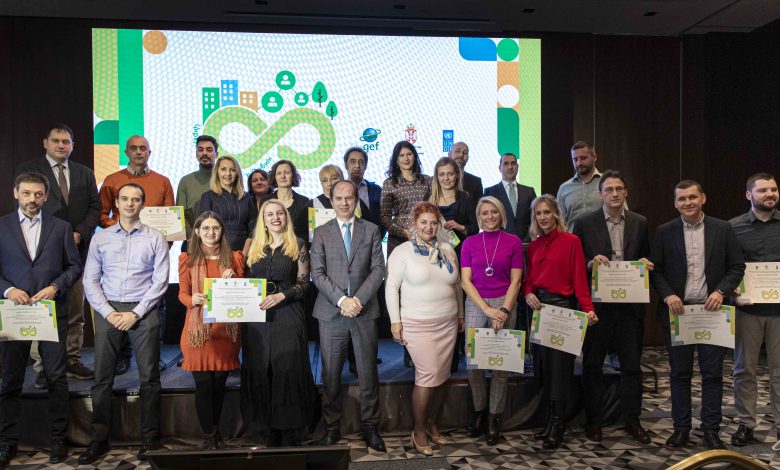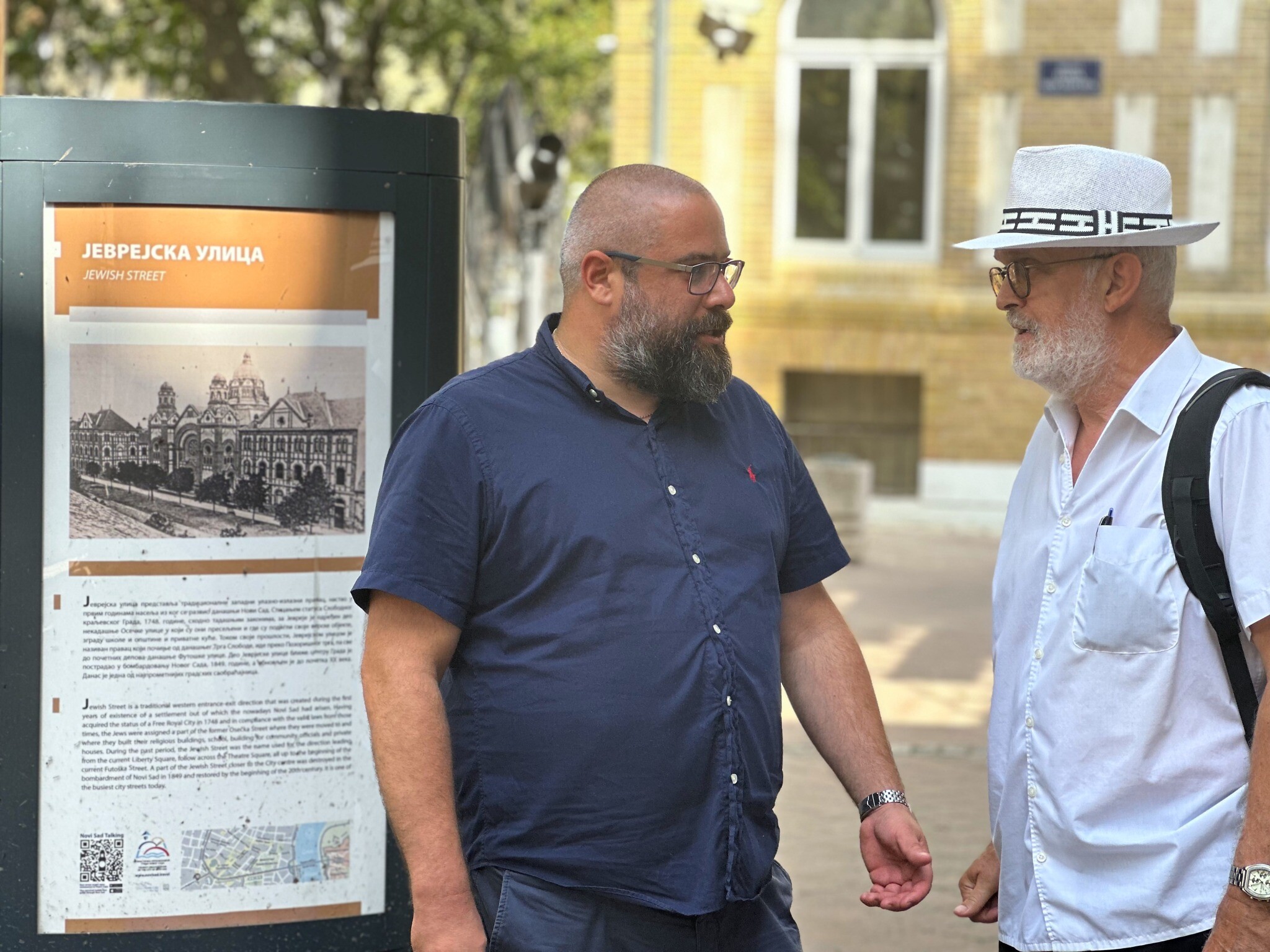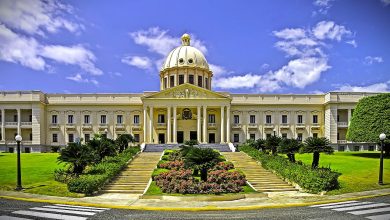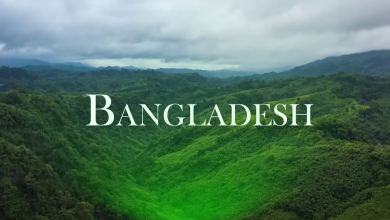Communities of Serbia: Discover Vibrant Local Cultures

Serbia is a beautiful country in Southeast Europe. It is home to many different communities. Each community has its own unique culture and traditions.

Credit: www.timesofisrael.com
The Serbian Community
The largest community in Serbia is the Serbian community. Serbs are the majority population. They speak the Serbian language. They follow the Orthodox Christian faith.
Serbian Traditions
The Serbian community has many rich traditions. One important tradition is “Slava”. Slava is a family celebration. It honors the family’s patron saint. Another tradition is “Kolo”. Kolo is a traditional Serbian dance. People dance it in a circle.
The Hungarian Community
The Hungarian community is the second largest ethnic group in Serbia. They mostly live in the Vojvodina region. Hungarians have their own language and customs.
Hungarian Festivals
Hungarians celebrate many festivals. One of the biggest is “Farsang”. Farsang is a carnival festival. It happens in the winter. People wear masks and costumes. They also enjoy traditional Hungarian food.
The Roma Community
The Roma community is another important group in Serbia. They have a rich cultural heritage. They speak the Romani language.
Roma Music
Roma people are famous for their music. They play many instruments. The violin and accordion are very popular. Their music is lively and full of emotion.
The Bosniak Community
The Bosniak community lives mainly in the Sandžak region. They speak the Bosnian language. They follow the Islamic faith.
Bosniak Cuisine
Bosniak cuisine is delicious. One popular dish is “Ćevapi”. Ćevapi are grilled meat sausages. They are often served with flatbread and onions. Another popular dish is “Burek”. Burek is a savory pastry filled with meat or cheese.

Credit: nordicedge.org
The Croatian Community
The Croatian community is another ethnic group in Serbia. They mostly live in the Vojvodina region. Croatians have their own language and traditions.
Croatian Celebrations
Croatians celebrate many holidays. One important holiday is “Sveta Kata”. Sveta Kata is Saint Catherine’s Day. It is celebrated on November 25th. Another important celebration is “Vuzem”. Vuzem is Easter. It is a time for family gatherings and festive meals.
The Slovak Community
The Slovak community is a small but significant group in Serbia. They live mostly in the Vojvodina region. They speak the Slovak language.
Slovak Folk Art
Slovaks are known for their folk art. They make beautiful embroidery and pottery. Their folk costumes are colorful and detailed. They also have traditional folk dances.
The Romanian Community
The Romanian community is another ethnic group in Serbia. They live mainly in the Vojvodina region. They speak the Romanian language.
Romanian Traditions
Romanians have many interesting traditions. One tradition is “Mărțișor”. Mărțișor is celebrated on March 1st. People give each other small red and white tokens. It is a symbol of spring and good luck.
The Bulgarian Community
The Bulgarian community is a small but important group in Serbia. They live mostly in the eastern part of the country. They speak the Bulgarian language.
Bulgarian Customs
Bulgarians have many unique customs. One custom is “Kukeri”. Kukeri are men dressed in costumes and masks. They perform rituals to scare away evil spirits. Another custom is “Nestinarstvo”. Nestinarstvo is fire-walking. People walk barefoot on hot coals.
The Albanian Community
The Albanian community lives mainly in the southern part of Serbia. They speak the Albanian language. They have their own traditions and customs.
Albanian Folk Music
Albanians are known for their folk music. They play traditional instruments like the “Çifteli” and “Lahuta”. Their music is an important part of their cultural identity.
The Montenegrin Community
The Montenegrin community is another ethnic group in Serbia. They speak the Montenegrin language. They have their own unique culture and traditions.
Montenegrin Celebrations
Montenegrins celebrate many holidays. One important holiday is “Njegoš’s Day”. It is celebrated on November 13th. It honors the famous Montenegrin poet and ruler, Petar II Petrović-Njegoš.
Learn about different communities at www.ccnworlds.com/category/world-community.
The Gorani Community
The Gorani community is a small ethnic group in Serbia. They live mainly in the Gora region. They have their own unique traditions and customs.
Gorani Folk Tales
Gorani people have many folk tales. These tales are passed down from generation to generation. They often teach important life lessons.
The Macedonian Community
The Macedonian community is another ethnic group in Serbia. They speak the Macedonian language. They have their own cultural traditions.
Macedonian Dances
Macedonians have many traditional dances. One popular dance is the “Oro”. Oro is a circle dance. People hold hands and move in a circle.
Frequently Asked Questions
What Are Major Communities In Serbia?
Serbia’s major communities include Serbs, Hungarians, Bosniaks, and Roma. Learn about different communities at www. ccnworlds. com/category/world-community.
How Diverse Is Serbia’s Population?
Serbia has a rich ethnic diversity with over 20 nationalities. Discover more at www. ccnworlds. com/category/world-community.
What Is The Largest Ethnic Group In Serbia?
Serbs are the largest ethnic group, comprising about 83% of the population. Find more details at www. ccnworlds. com/category/world-community.
Are There Any Roma Communities In Serbia?
Yes, Serbia has a significant Roma community. Learn more about them at www. ccnworlds. com/category/world-community.
Conclusion
Serbia is a country with many diverse communities. Each community has its own unique culture and traditions. These communities make Serbia a rich and vibrant country.




